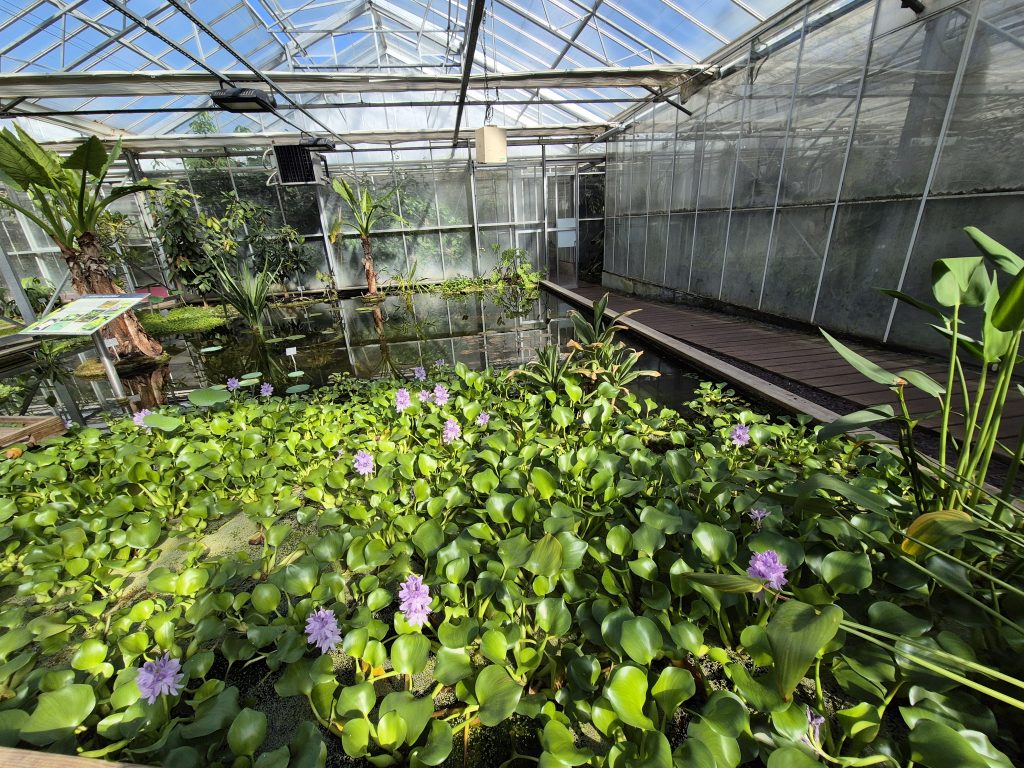Water hyacinth
Although Water Hyacinth produces beautiful delicate lavender flowers, it is considered a problematic invasive species in many parts of the world. It quickly forms a dense mat of foliage that blocks light from penetrating the water, preventing photosynthesis by algae, and thus decreasing oxygen content in the water.
I’ve first seen it during my school days on the (dirty) rivers of Chennai such as Koovam.
| Botanical name | Pontederia crassipes |
| English names | Water hyacinth |
| Nederlandse naam | Waterhyacint |
| Indian names | Tamil: Akaya thamarai (literal – sky lotus!) |
Characteristics
| Native habitat | South America, naturalized throughout the world | |||
| Plant Type | aquatic plant | |||
| Bloom time | Fall color | – | ||
| Fruit | ||||
| Uses | ||||
Special notes
Highly invasive. One of the fastest-growing plants known, reproduces primarily by runners which form daughter plants. It can quickly cover large portions of rivers, ponds and lakes.
Absorbs harmful heavy metals, and when the plant dies, it rots and sinks to the bottom and causes secondary pollution to the water body, destroying the natural water quality, and may even affect the quality of residents’ drinking water in severe cases.
Small lakes that have been covered with the species can dry out and leave communities without adequate water or food supply. In some areas, dense mats of water hyacinth prevent the use of a waterway, leading to the loss of transportation (both human and cargo), as well as a loss of fishing possibilities.
Mats of water hyacinth are harvested and floated out to sea, where they die because the plants do not tolerate salinity (or cold above 34 degrees Celsius).








